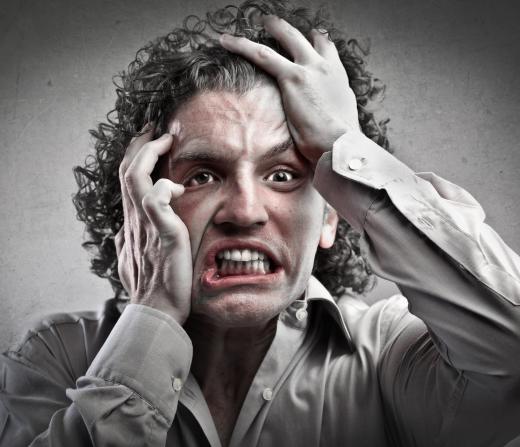At LanguageHumanities, we're committed to delivering accurate, trustworthy information. Our expert-authored content is rigorously fact-checked and sourced from credible authorities. Discover how we uphold the highest standards in providing you with reliable knowledge.
What Is the Difference between Theme and Motif?
The difference between theme and motif is quite clear, once the exact meaning of each of these terms is fully understood. Theme within a written work is typically expressed as the meaning or purpose of a piece of writing. It is not necessarily the events within a story, but it is the reason for those events and the type of idea or concept that they are meant to convey to a reader. A motif, however, is an event or image that is used, often repeatedly, within a story to reinforce the theme of a work and to the draw the reader's attention to a particular event or idea.
Although themes and motifs are related, they are not similar or synonymous with each other. The theme of a story or written work is the general idea behind the events and characters within it that are reinforced throughout the story. A writer might create a horror story about a man living alone in a large castle, who slowly loses his mind and ultimately kills himself in his madness. The character, setting, and events tell the story itself, but they are not the theme.

Each of these elements of a work serve to establish and reinforce one or more themes within a story. In this instance, the impact of loneliness and isolation might be a theme, or the way in which insanity can warp a person's perceptions of reality. Many stories have at least one theme, and some may have numerous themes running throughout a work that connect the events of a tale to the larger world view of the writer and reader.

Theme and motif are connected by the fact that motifs are often used within a story to reinforce the theme. In the above example, the man might see his reflection in mirrors throughout the story. At first, this may serve to feed his pride or vanity, then he begins to talk to his reflection. As the character slips into insanity, then the reflection starts talking back, seeming like a second person, and finally threatens him and presents a menacing presence within the work. In this way theme and motif are connected as the motif of the mirror and the man's reflection serves to reinforce the themes of the work.

Although this story uses theme as well as motif as the mirrors reinforce the loneliness and isolation of the man, they are distinct and different. The motif of the reflection and mirrors in the story serves to reinforce the themes, but it is not part of them. Much like the setting and characters in a story, motifs serve to help set up themes and allow readers to more easily recognize them. As theme and motif are used, it is important for a reader to separate the two to ensure full comprehension of a work.
AS FEATURED ON:
AS FEATURED ON:














Discussion Comments
I don't usually confuse theme and motif. But some works, like mystic works or horror stories have a lot of motifs but not many themes. So it's easier to talk about the motifs and ignore the theme.
I have an easier time finding themes in dramas because the theme is usually made clear by the end of the work. Sometimes, a main character voices the theme in a few sentences, like "family comes first."
It helps to think about theme as a message or a lesson. It's the idea that the writer or storyteller is trying to get across to the reader or audience.
I think people get confused with this because they think that the theme is easy to pinpoint. But sometimes it can be very difficult. One might have to think thoroughly to figure out the theme. Sometimes I have to watch a film a few times until I understand the theme, or the message of the film.
A motif, is simply something that repeats itself and has importance for the story. It can be an object, but it can also be an idea. It could even be a sound. Stories and themes are usually developed around motifs. Motifs give strength to the story and help us put the pieces together.
Did I understand this right, in that theme is the overarching idea of a work and motifs are objects that reinforce the story?
I think I'm still a little confused.
Post your comments